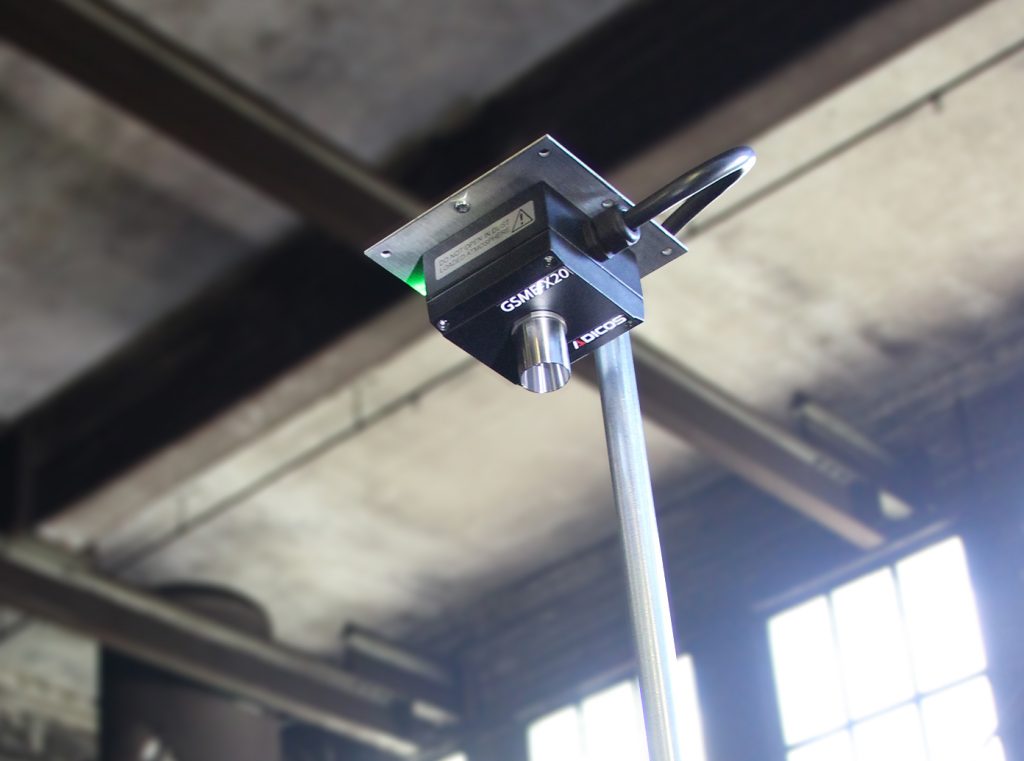
Intelligent Placement and Special Parameterization
ADICOS special detectors have different requirements on project planning than classic smoke detectors. Knowledge of the detector technology is just as necessary as a general understanding of the propagation behavior of fire and interference characteristics. This applies to both fire gas detection and infrared detection. The determination of monitoring areas and the definition of detection targets precede the specific design of a fire protection concept.
The special characteristics of the building (e.g. building geometry, air conditioning, ventilation and extraction systems, structural fire protection equipment, etc.) must be taken into account as well as the characteristics of the respective industrial process (process gases, exhaust gases, thermal influences, etc.) and their interaction with one another.
Varying from case to case, these are the issues most often addressed:
- Where must a sensor be placed so that it actually records the measured variables correctly?
- What is the local distribution and propagation direction of the parameters?
- How can sensor readings be optimally collected and analyzed?
- How can we classify the detected events?
- Which concepts do we develop?
Fire Tests
On-site fire tests are a suitable means of providing support in the planning phase. The aim is to find the best installation locations for the fire gas detector. This involves igniting controlled test fires together with the installing company at characteristic points in the area of the building or plant to be monitored.
These not only provide information on how smoke or fire gases spread under the specific air flow and stratification conditions on site. By burning typical fire loads of the respective plant, an initial spectrum of the gases released during an expected smoldering fire can also be recorded. This enables optimal initial parameterization of the detectors.
ADICOS Industrial Fire Detection

